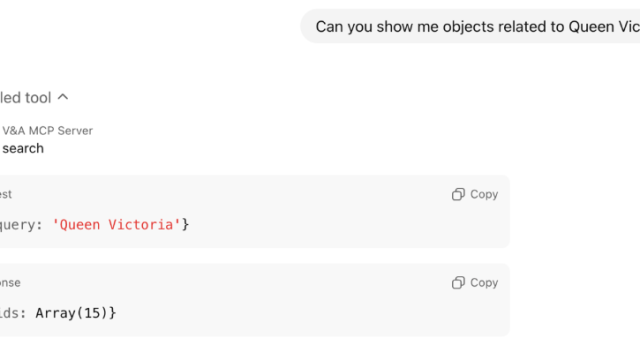This is guest post from Ulrike Chouguley, Director of Santra Consulting
Perspectives on Research is a series of blog posts commissioned as part of the Early Career Research Fellowships in Cultural and Heritage Institutions programme, funded by the Arts and Humanities Research Council and coordinated by the V&A.
Few people now disagree that evaluation is important – whether for a cultural heritage organisation as a whole, a specific project or programme, or a research project. Evaluation helps to understand how well activities or projects are delivered (their ‘effectiveness’) and what they achieve (‘the impact’) which, in turn, can improve decision-making, encourage internal learning and make the case to partners and stakeholders.

In trying to get to grips with the basics of evaluation, a good place to start is the Centre for Cultural Value’s online evaluation training for arts, culture and heritage professionals. This free-to-access course provides a really sound basis of key principles and good practice, how to set up an evaluation and how to decide on evaluation methods.
Evaluation should not be an after-thought. Rather, it’s good practice to embed evaluation at the design stage of a project or programme. Being clear about the intended outcomes can help provide a useful standard against which to assess whether the project has been successful and its impact. Creating a Theory of Change can be useful way to set out the links between your activities and the change they bring about. There are many guides and templates on how to create one.
Depending on your evaluation focus you can then draw on a wealth of evaluation resources and toolkits that might help you in your evaluation process. A simple toolkit that guides you through the process of setting up an impact evaluation is the So What? Toolkit. This UKRI resource sets out practical guidelines and evaluation data collection approaches for public engagement activities. If your evaluation is more focused on understanding the quality of your engagement process, then the Quality Principles Toolkit might be useful. Or you might want to explore some creative evaluation methods, using the Little Book of Creative Evaluation or this Interactive Evaluation Methods Toolkit. As part of good reflective practice at the end of a project, you could also look at the things that didn’t go so well, using some of the approaches set out in the Failspace Toolkit. Sector bodies such as National Lottery Heritage Fund or ACE, UNESCO or ICCROM also publish useful advice and guidance on evaluation.
Deciding on which evaluation approach to use will be informed by practicalities (e.g., time, budget, expertise), but most importantly by your evaluation objectives. Therefore, it is important to be clear about why you want to evaluate, what you would like to learn from the evaluation and who you want to share these learnings with. And remember: evaluation is an iterative process. Use the insights gained from your evaluation to inform ongoing research efforts and refine your approach for future projects.
Perspectives on Research aims to shine a light on different aspects of research in cultural and heritage organisations, with contributions invited from a range of practitioners with experience of working in or with the sector. Through this series, we aim to develop a set of resources that may be helpful to researchers working in or thinking about working in cultural and heritage organisations beyond the programme itself.


